Scientists have discovered electric field that’s as fundamental to Earth as gravity
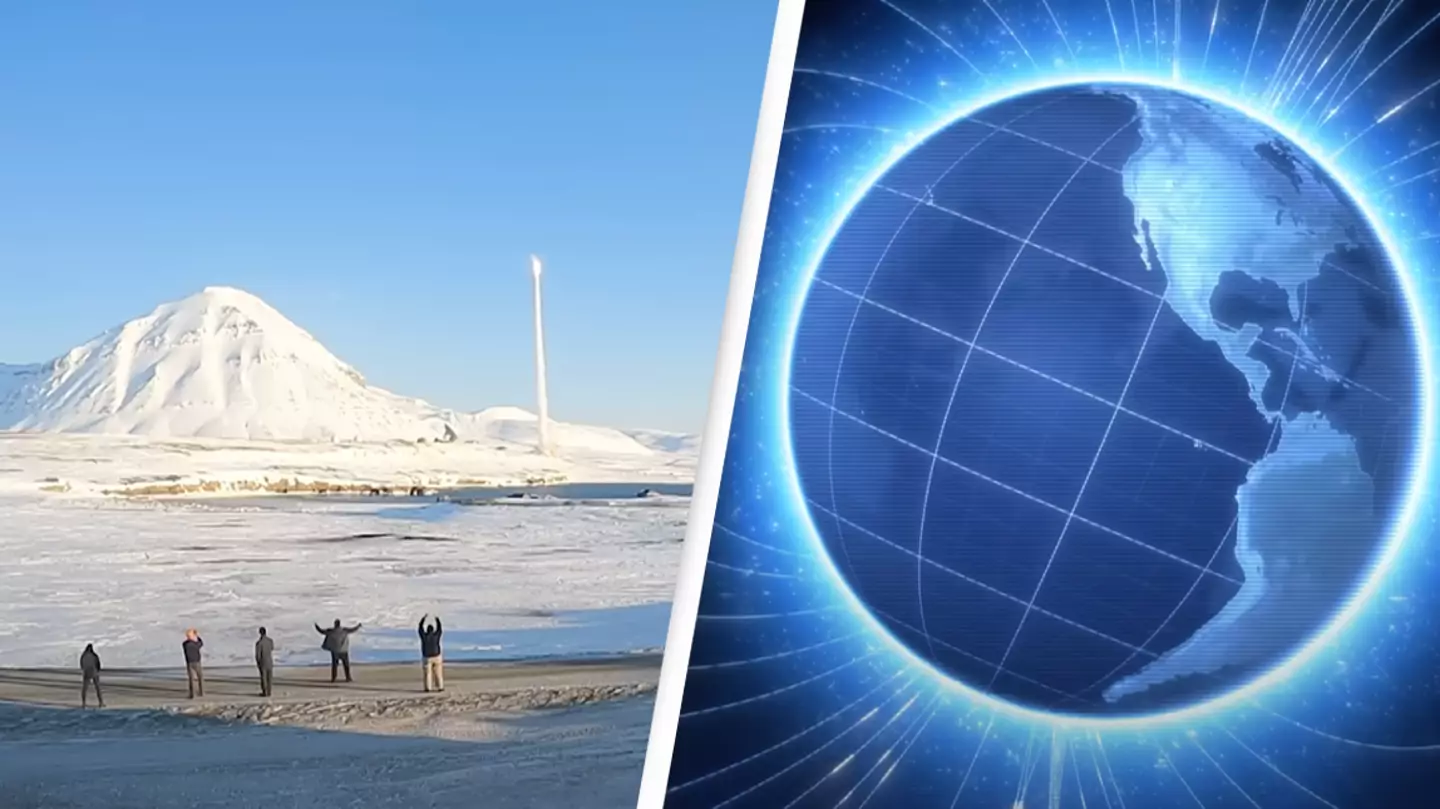
NASA experts had been left stumped since the late 1960s, and they finally may have the answers
You wouldn't think there would be many things as fundamental to Earth as gravity, but NASA's latest groundbreaking discovery could say otherwise.
Space buffs have been well and truly mind-blown after NASA announced last week (August 28) that a team of its scientists have discovered the presence of a planet-wide electric field.
The field - despite being pretty weak - is believed to be just as important to our planet as gravity and magnetic fields, so it's a pretty historic find.
The field, known as the ambipolar electric field, was first hypothesised by NASA peeps over 60 years ago. Take a look at how it works:
Using NASA's suborbital Endurance rocket, scientists wanted to explore how the planet's atmosphere evolves.
Glyn Collinson, a lead author on the study principal investigator of the Endurance mission at NASA's Goddard Space Flight Centre, offered some insight on the matter.
She explained how planets with an atmosphere 'should have an ambipolar field'.
"Now that we've finally measured it, we can begin learning how it's shaped our planet as well as others over time," she added.
Spacecraft flying over Earth’s North and South poles have detected a stream of particles flowing from our atmosphere into space since the 1960s.
The 'polar wind', as scientists dubbed it, led to a bunch of research into the study being conducted.
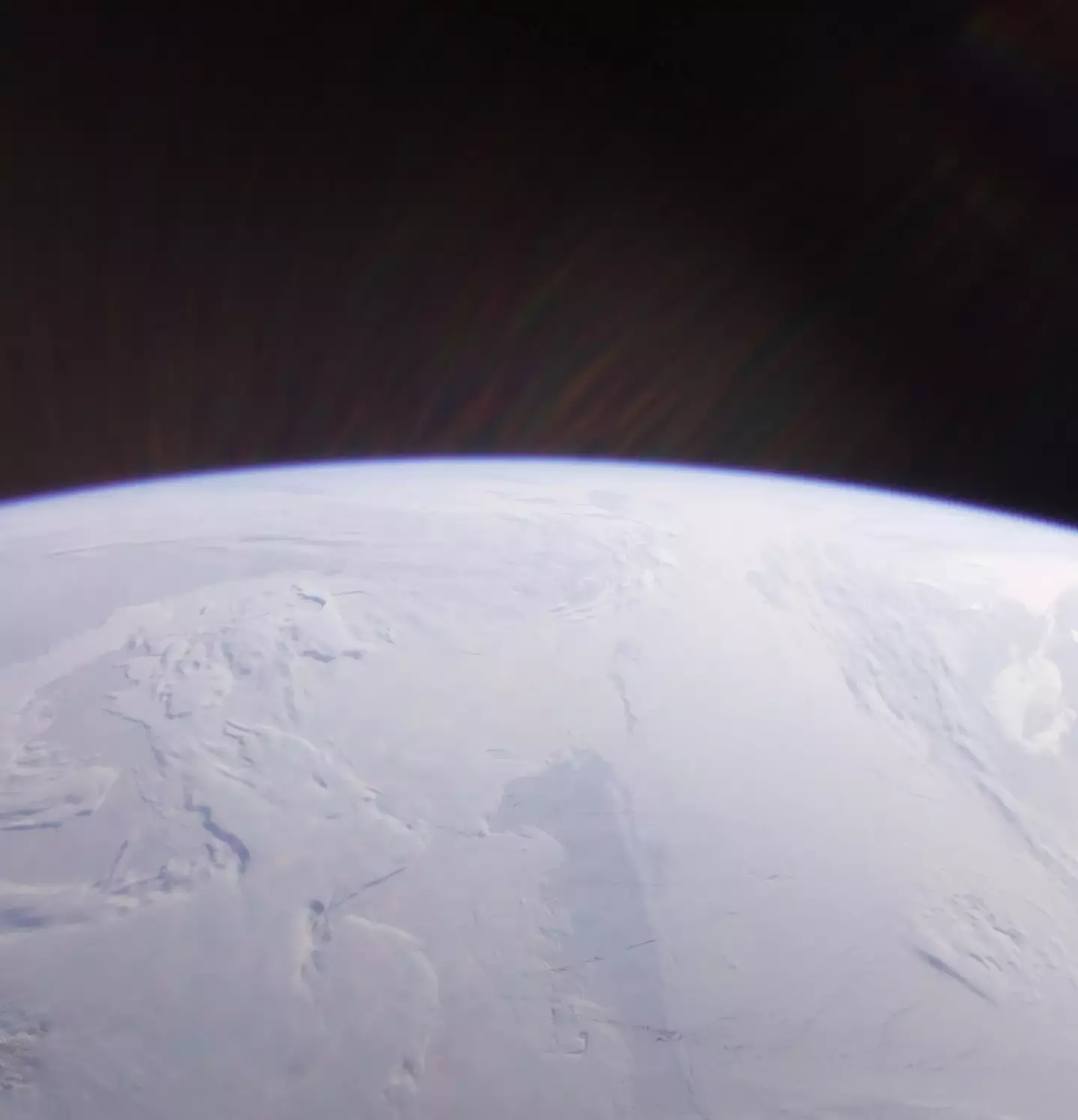
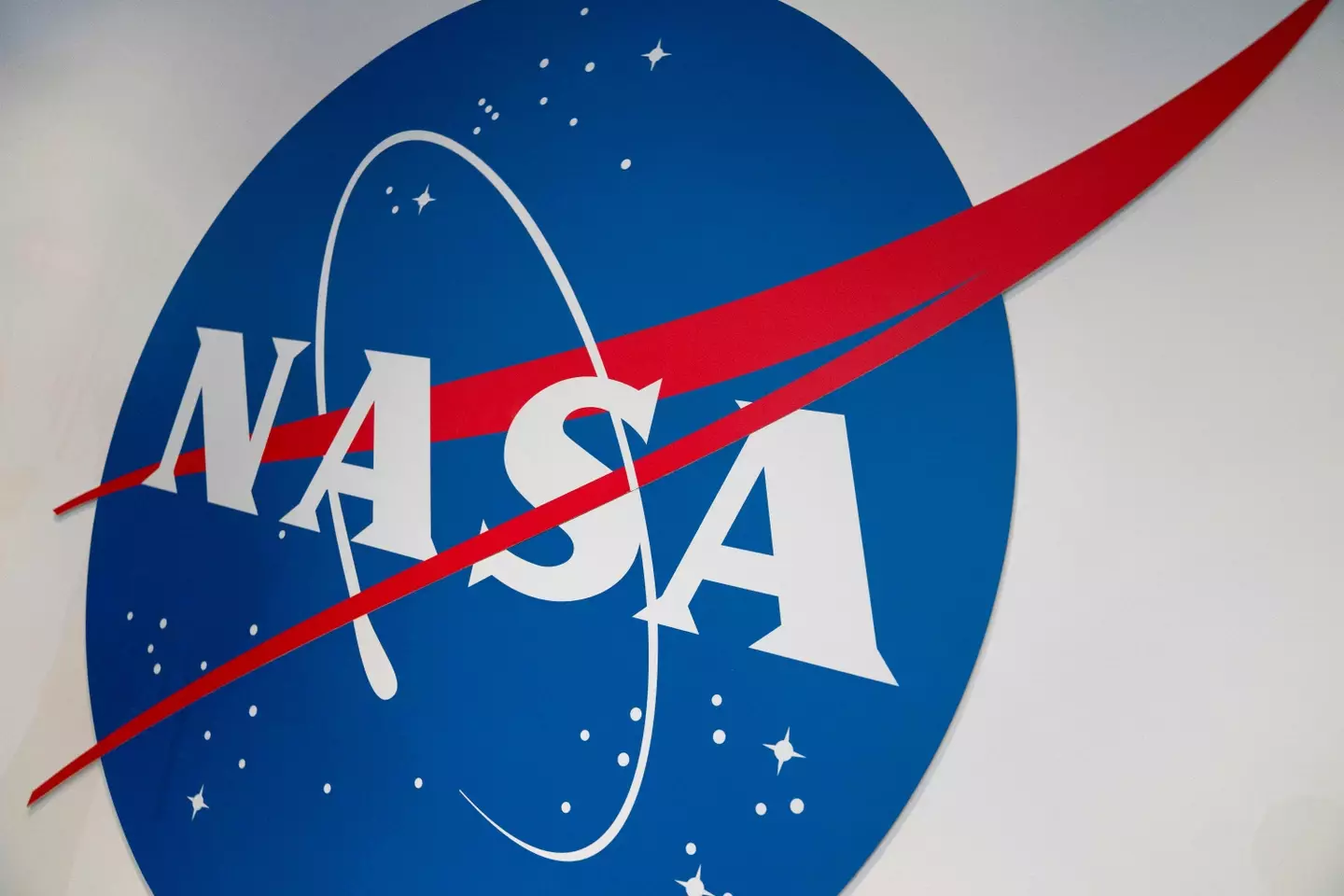
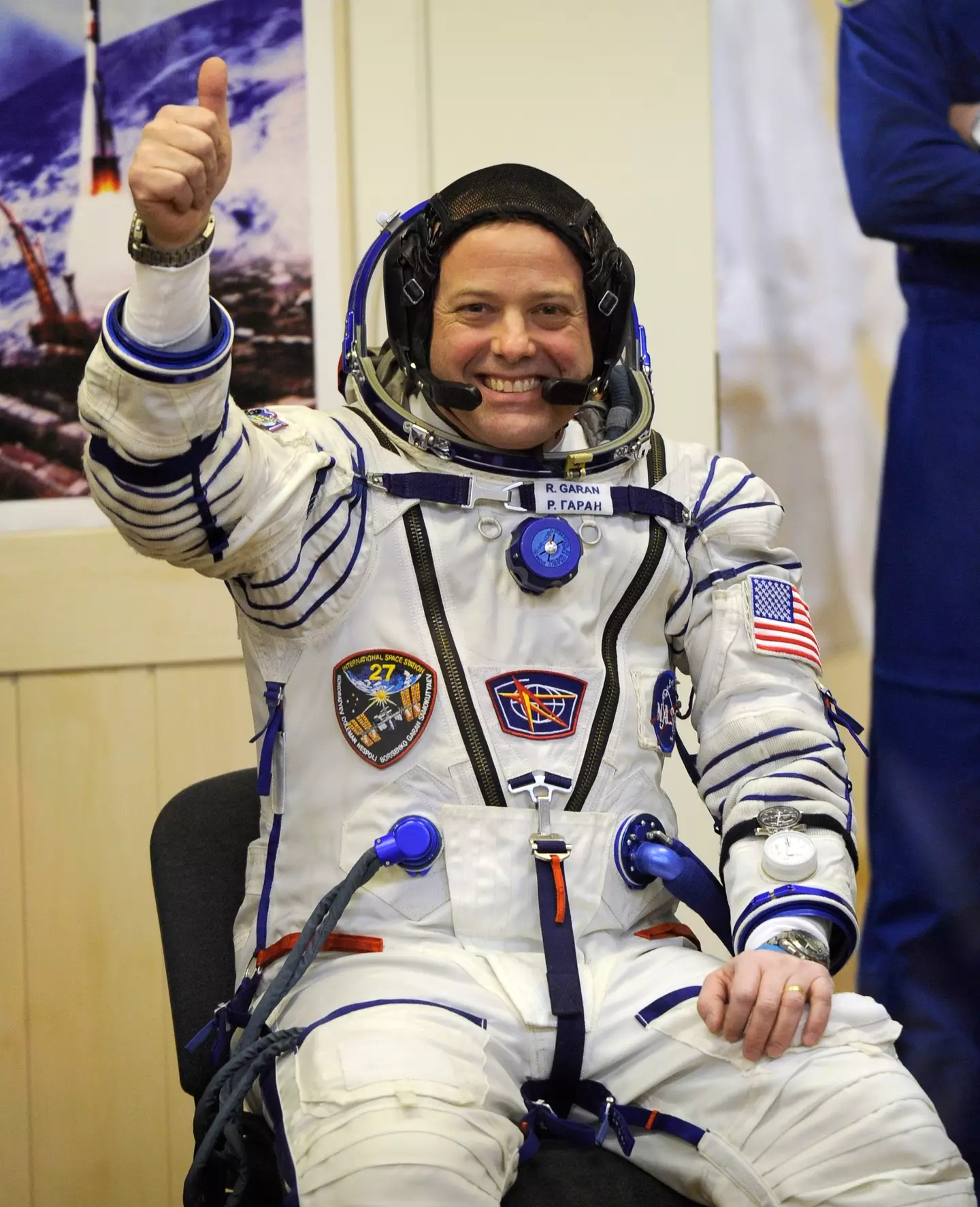
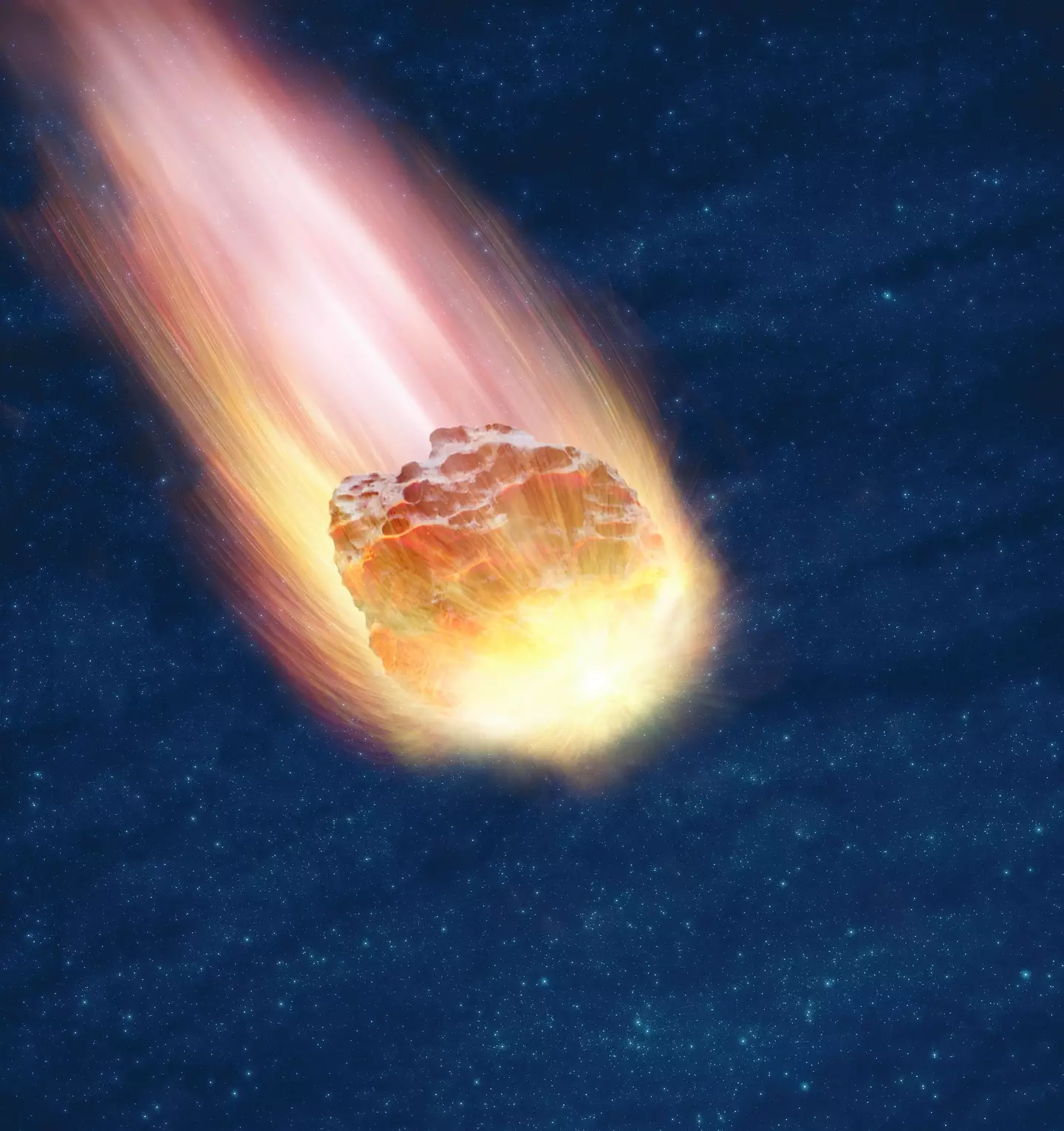
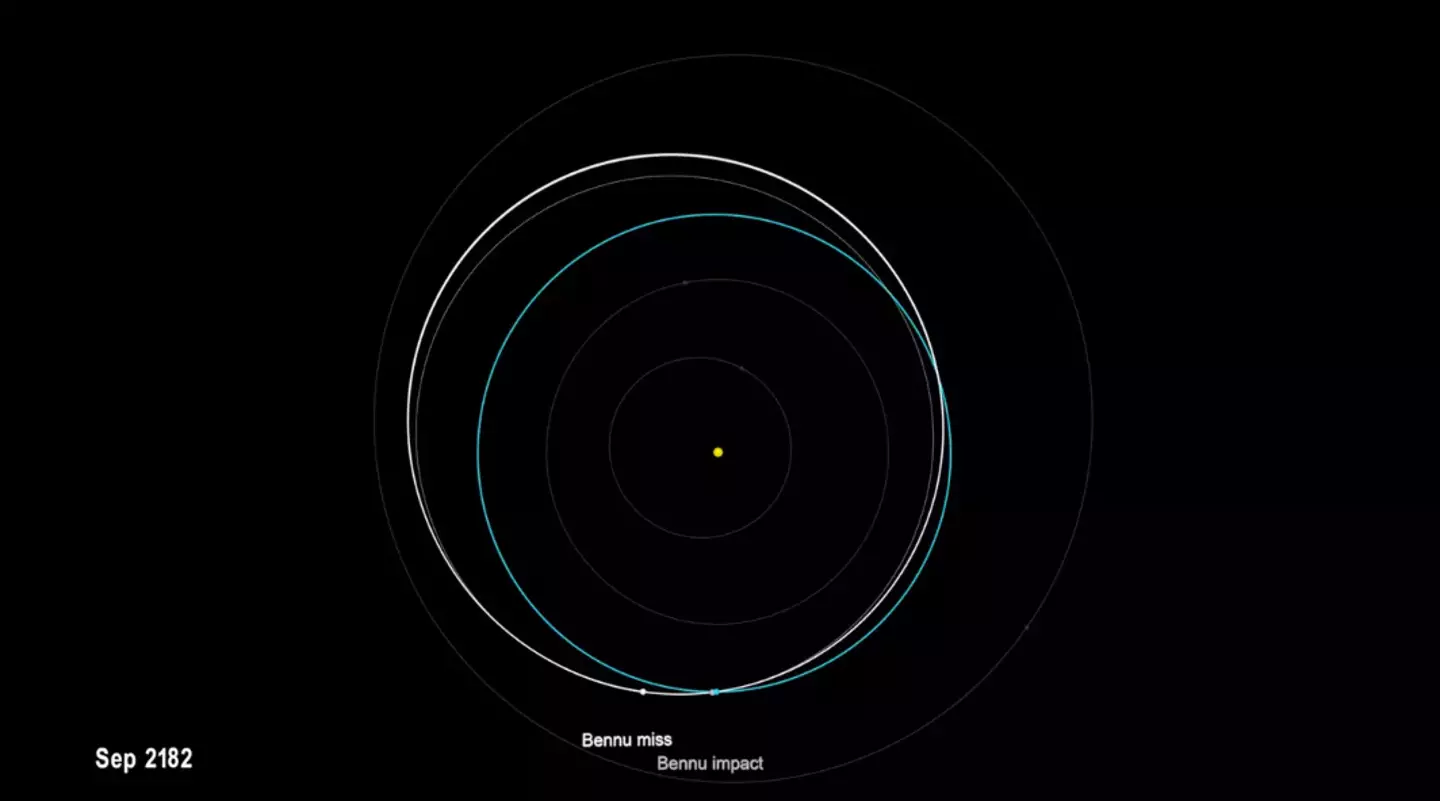
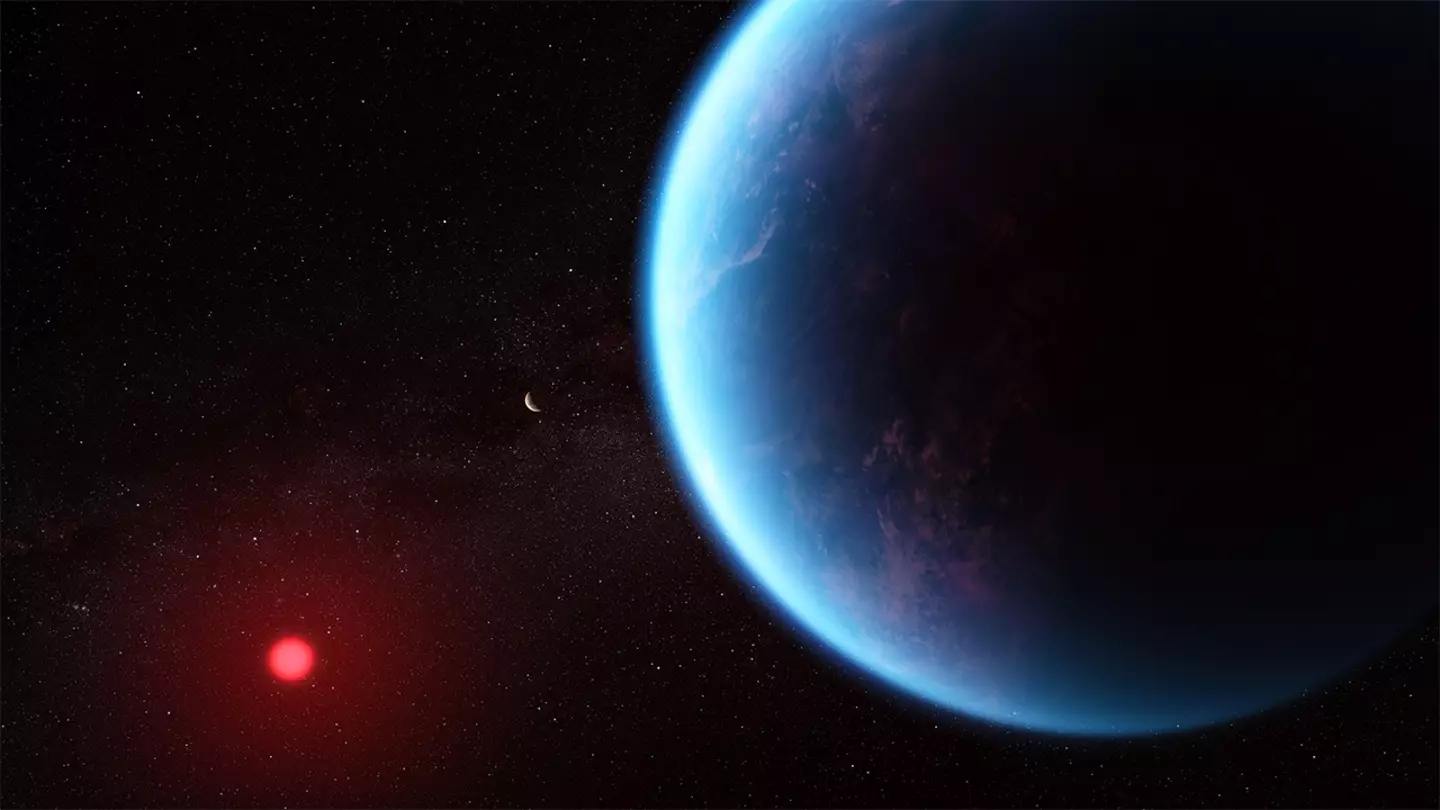
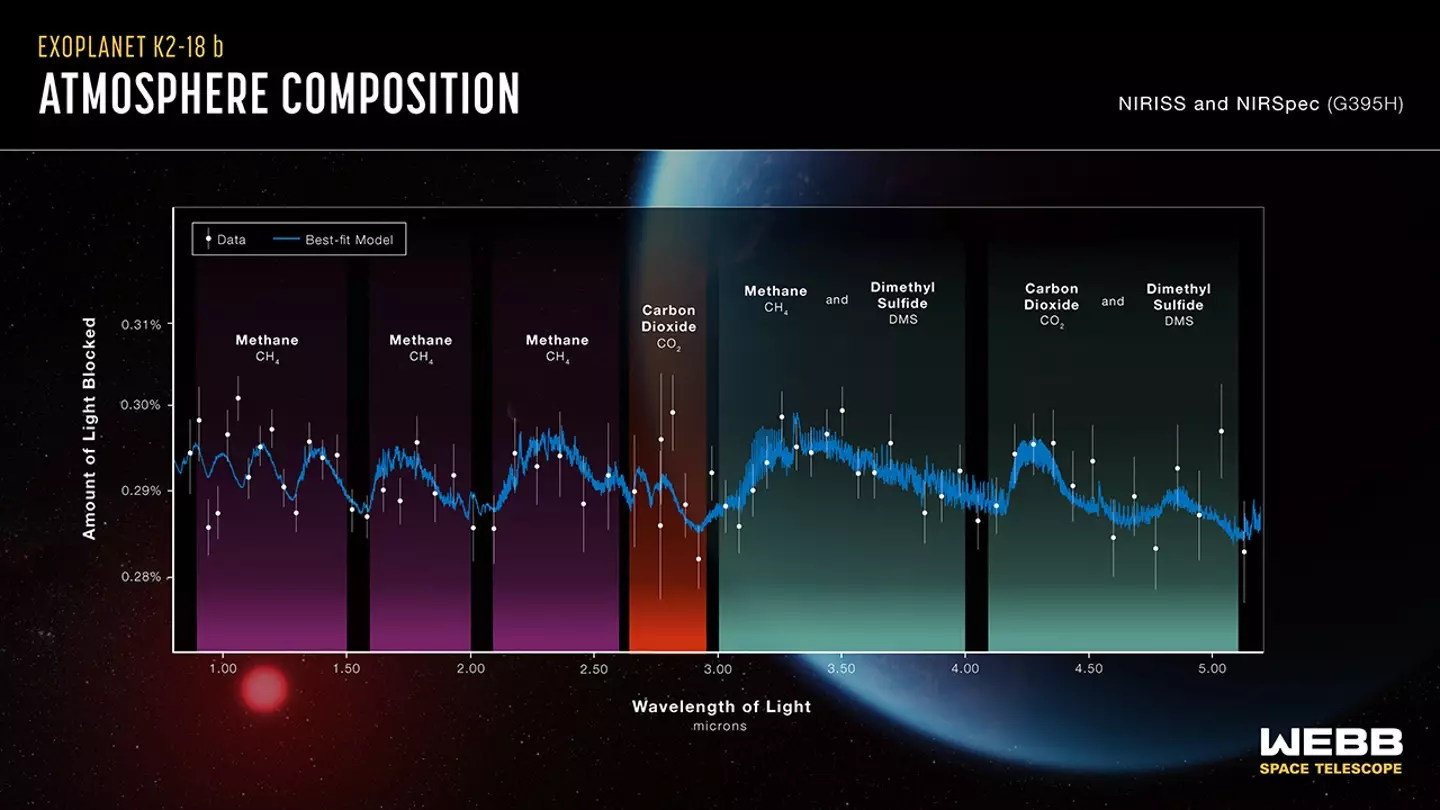
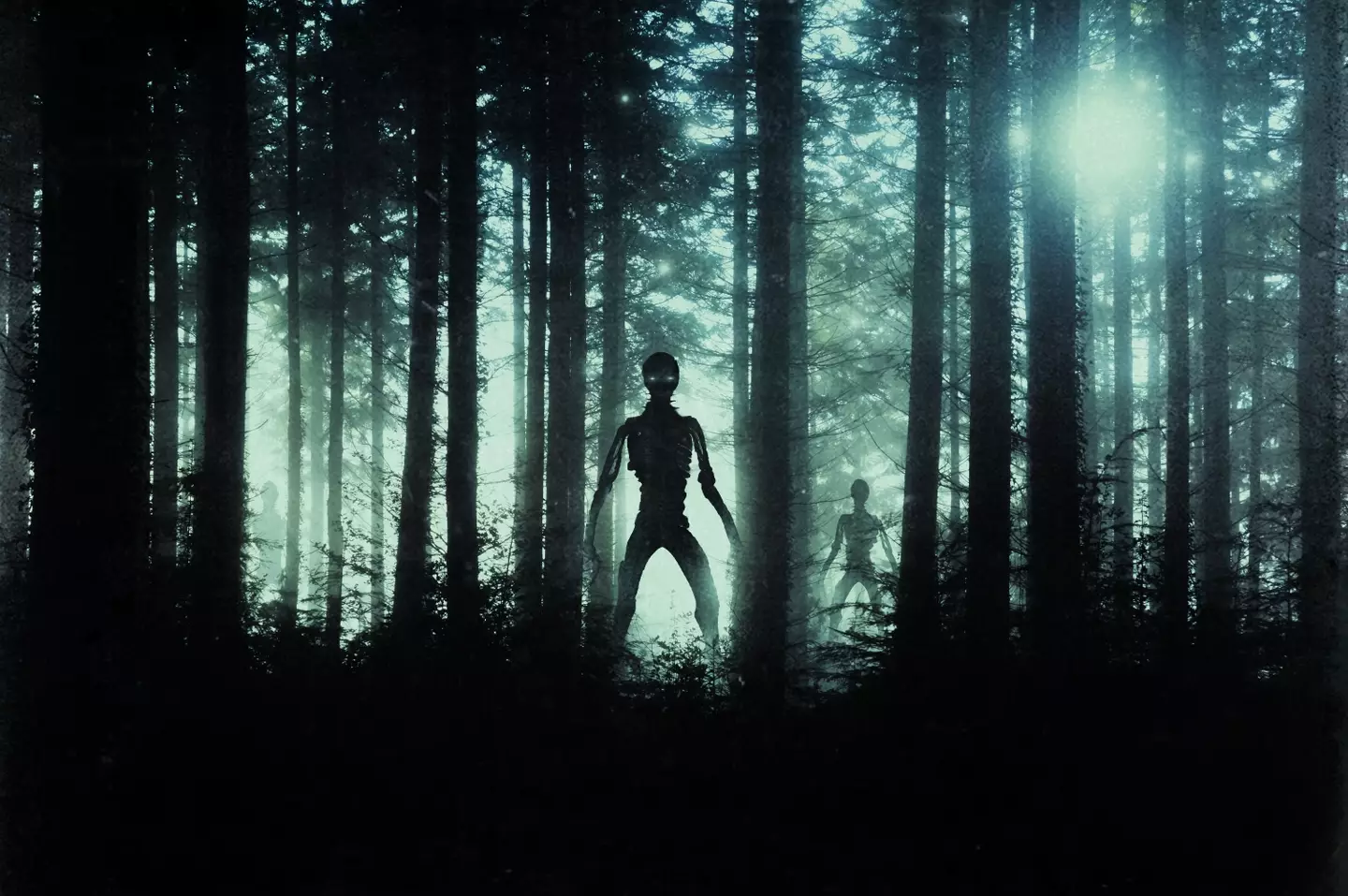



NASA experts had been left stumped since the late 1960s, and they finally may have the answers
You wouldn't think there would be many things as fundamental to Earth as gravity, but NASA's latest groundbreaking discovery could say otherwise.
Space buffs have been well and truly mind-blown after NASA announced last week (August 28) that a team of its scientists have discovered the presence of a planet-wide electric field.
The field - despite being pretty weak - is believed to be just as important to our planet as gravity and magnetic fields, so it's a pretty historic find.
The field, known as the ambipolar electric field, was first hypothesised by NASA peeps over 60 years ago. Take a look at how it works:
Using NASA's suborbital Endurance rocket, scientists wanted to explore how the planet's atmosphere evolves.
Glyn Collinson, a lead author on the study principal investigator of the Endurance mission at NASA's Goddard Space Flight Centre, offered some insight on the matter.
She explained how planets with an atmosphere 'should have an ambipolar field'.
"Now that we've finally measured it, we can begin learning how it's shaped our planet as well as others over time," she added.
Spacecraft flying over Earth’s North and South poles have detected a stream of particles flowing from our atmosphere into space since the 1960s.
The 'polar wind', as scientists dubbed it, led to a bunch of research into the study being conducted.

An image taken above the north pole during the study (NASA)
While some outflow from our atmosphere is expected, the polar wind was providing some surprising results.
Many particles within the magnetic field were cold with no signs they had ever been heated.
Nonetheless, they were traveling at supersonic speed, much to the surprise of those at NASA.
Collinson added: "Something had to be drawing these particles out of the atmosphere."
So, scientists decided to do some digging, ultimately deciding to launch the Endurance rocket from Svalbard near the North Pole.
The rocket reached an impressive altitude of 768.03 km before crashing down in the Greenland Sea just 19 minutes later.
While some outflow from our atmosphere is expected, the polar wind was providing some surprising results.
Many particles within the magnetic field were cold with no signs they had ever been heated.
Nonetheless, they were traveling at supersonic speed, much to the surprise of those at NASA.
Collinson added: "Something had to be drawing these particles out of the atmosphere."
So, scientists decided to do some digging, ultimately deciding to launch the Endurance rocket from Svalbard near the North Pole.
The rocket reached an impressive altitude of 768.03 km before crashing down in the Greenland Sea just 19 minutes later.

Scientists at NASA made the discovery. (STEFANI REYNOLDS/AFP via Getty Images)
While scientists discovered a minuscule 0.55 volt change, the voltage pushes hydrogen ions in the solar wind.
Because they are the most frequent particles in the wind, it makes the electric field 10.6 times stronger than gravity.
Endurance project scientist at NASA Goddard and co-author of the study Alex Glocer said: "That's more than enough to counter gravity — in fact, it's enough to launch [atmospheric particles] upwards into space at supersonic speeds."
Meanwhile, Collinson added: "It's like this conveyor belt, lifting the atmosphere up into space."
NASA discovers electric field
Scientists will continue to study the electric field to see how it impacts Earth's atmosphere.Featured Image Credit: NASA Goddard
Topics: Science, Space, NASA, Earth
Astronaut who spent 178 days in space shares 'big lie' he realized after seeing Earth

Astronaut Ron Garan experienced the 'overview effect' when looking down at Earth from space
While scientists discovered a minuscule 0.55 volt change, the voltage pushes hydrogen ions in the solar wind.
Because they are the most frequent particles in the wind, it makes the electric field 10.6 times stronger than gravity.
Endurance project scientist at NASA Goddard and co-author of the study Alex Glocer said: "That's more than enough to counter gravity — in fact, it's enough to launch [atmospheric particles] upwards into space at supersonic speeds."
Meanwhile, Collinson added: "It's like this conveyor belt, lifting the atmosphere up into space."
NASA discovers electric field
Scientists will continue to study the electric field to see how it impacts Earth's atmosphere.Featured Image Credit: NASA Goddard
Topics: Science, Space, NASA, Earth
Astronaut who spent 178 days in space shares 'big lie' he realized after seeing Earth

Astronaut Ron Garan experienced the 'overview effect' when looking down at Earth from space
A former NASA astronaut has opened up about the 'sobering realization' he experienced when looking down at Earth from space.
Ex-NASA astronaut and author Ron Garan spent a whopping 178 days in space and it was a moment when he was looking down at Earth from the International Space Station which caused him to experience what's known as the 'Overview Effect'.
The 'Overview Effect' often takes place when astronauts go into space and look down and see Earth from that perspective for the first time. The experience 'shift[s] [...] the way astronauts view and think about our planet and life itself,' NASA explains.
Garan has accumulated 'more than 71 million miles in 2,842 orbits of our planet' coming to a total of 178 days, however, it was the moment he looked down at Earth which made 'certain things become undeniably clear'.
In an interview with Big Think, Garan explained: "We keep trying to deal with issues such as global warming, deforestation, biodiversity loss as stand alone issues when in reality they're just symptoms of the underlying root problem and the problem is, that we don't see ourselves as planetary'.
"When I looked out of the window of the International Space Station, I saw the paparazzi like flashes of lightening storms, I saw dancing curtains of auroras that seemed so close it was as if we could reach out and touch them and I saw the unbelievable thinness of our planet's atmosphere.
"In that moment I was hit by the sobering realization."
Ex-NASA astronaut and author Ron Garan spent a whopping 178 days in space and it was a moment when he was looking down at Earth from the International Space Station which caused him to experience what's known as the 'Overview Effect'.
The 'Overview Effect' often takes place when astronauts go into space and look down and see Earth from that perspective for the first time. The experience 'shift[s] [...] the way astronauts view and think about our planet and life itself,' NASA explains.
Garan has accumulated 'more than 71 million miles in 2,842 orbits of our planet' coming to a total of 178 days, however, it was the moment he looked down at Earth which made 'certain things become undeniably clear'.
In an interview with Big Think, Garan explained: "We keep trying to deal with issues such as global warming, deforestation, biodiversity loss as stand alone issues when in reality they're just symptoms of the underlying root problem and the problem is, that we don't see ourselves as planetary'.
"When I looked out of the window of the International Space Station, I saw the paparazzi like flashes of lightening storms, I saw dancing curtains of auroras that seemed so close it was as if we could reach out and touch them and I saw the unbelievable thinness of our planet's atmosphere.
"In that moment I was hit by the sobering realization."

Ron Garan was in space for 178 days (Carla Cioffi/NASA via Getty Images)
Garan was hit by the realization that our planet - and every living thing on it - is being kept alive by a 'paper thin layer'.
"I saw an iridescent biosphere teaming with life, I didn't see an economy, but since our human-made systems treat everything including the very life-support systems of our planet as the [...] subsidiary of the global economy, it's obvious from the vanish point of space that we're living a lie," he continued.
The astronaut reflects on the moment as being a 'light bulb that pops up' when he realized 'how interconnected and interdependent we all are'.
Since returning from his mission, Garan 'continues to work towards a cleaner, safer and more peaceful planet,' urging others: "We need to move from thinking, economy, society, planet to planet, society, economy. That's when we're going to continue our evolutionary process.
"[...] We're not going to have peace on Earth until we recognize the basic fact of the interrelated structure of all reality."Featured Image Credit: Erika Goldring / Contributor/Bettmann / Contributor
Topics: Environment, International Space Station, Science, Space, World News, NASA, Earth, Climate Change
Scientists have predicted the exact date asteroid is in danger of hitting Earth with force of 22 atomic bombs
.webp)
If the asteroid, named Bennu, hit our planet it would cause huge destruction and there's a massive project underway to try and prevent it
You may want to mark your calendars as scientists have predicted an exact date you should keep in mind if you would like to avoid an asteroid crashing down on you.
Okay, that's a tad dramatic, but last year, experts revealed the exact date an asteroid could smash into Earth.
The topic of asteroids is one in the news a lot recently thanks to NASA's capture of a rather affluent one.
On the other end of the spectrum, it's predicted that one day Earth could be hit with the force of 22 atomic bombs.
The asteroid, named Bennu, is no stranger to our planet as it passes by every six years.
But in a day in September many years from now, the asteroid will not past Earth but instead there's a chance it will actually make contact with it.
To prevent such a travesty, NASA has been working on plans to thwart the asteroid’s collision course and divert Bennu.
Its mission is now in the ‘final leg’, showing just how critical the situation has become.
Garan was hit by the realization that our planet - and every living thing on it - is being kept alive by a 'paper thin layer'.
"I saw an iridescent biosphere teaming with life, I didn't see an economy, but since our human-made systems treat everything including the very life-support systems of our planet as the [...] subsidiary of the global economy, it's obvious from the vanish point of space that we're living a lie," he continued.
The astronaut reflects on the moment as being a 'light bulb that pops up' when he realized 'how interconnected and interdependent we all are'.
Since returning from his mission, Garan 'continues to work towards a cleaner, safer and more peaceful planet,' urging others: "We need to move from thinking, economy, society, planet to planet, society, economy. That's when we're going to continue our evolutionary process.
"[...] We're not going to have peace on Earth until we recognize the basic fact of the interrelated structure of all reality."Featured Image Credit: Erika Goldring / Contributor/Bettmann / Contributor
Topics: Environment, International Space Station, Science, Space, World News, NASA, Earth, Climate Change
Scientists have predicted the exact date asteroid is in danger of hitting Earth with force of 22 atomic bombs
.webp)
If the asteroid, named Bennu, hit our planet it would cause huge destruction and there's a massive project underway to try and prevent it
You may want to mark your calendars as scientists have predicted an exact date you should keep in mind if you would like to avoid an asteroid crashing down on you.
Okay, that's a tad dramatic, but last year, experts revealed the exact date an asteroid could smash into Earth.
The topic of asteroids is one in the news a lot recently thanks to NASA's capture of a rather affluent one.
On the other end of the spectrum, it's predicted that one day Earth could be hit with the force of 22 atomic bombs.
The asteroid, named Bennu, is no stranger to our planet as it passes by every six years.
But in a day in September many years from now, the asteroid will not past Earth but instead there's a chance it will actually make contact with it.
To prevent such a travesty, NASA has been working on plans to thwart the asteroid’s collision course and divert Bennu.
Its mission is now in the ‘final leg’, showing just how critical the situation has become.

Scientists have predicted the exact date. (Getty Stock Photo)
Richard Burns, project manager for OSIRIS-REx at NASA’s Goddard Space Flight Center in Greenbelt, Maryland explained all the work that has been going on to divert it.
He said: "We are now in the final leg of this seven-year journey, and it feels very much like the last few miles of a marathon, with a confluence of emotions like pride and joy coexisting with a determined focus to complete the race well."
Bennu is around a third of a mile wide which makes it half the size of the asteroid that is thought to have killed dinosaurs. If Bennu crashes into Earth, it will cause devastation 600 miles from the crash site, but it’s not large enough to cause worldwide extinction.
You’ll be even more pleased to know that the possibility of Bennu colliding with our planet and causing devastation for our future generations is actually very slim.
NASA says while there is a risk, there is an 'extremely small chance' Bennu will hit Earth on September 24, 2182.
With the date falling near the end of the 22nd century, we don't have to worry for a good while yet. Phew.
Richard Burns, project manager for OSIRIS-REx at NASA’s Goddard Space Flight Center in Greenbelt, Maryland explained all the work that has been going on to divert it.
He said: "We are now in the final leg of this seven-year journey, and it feels very much like the last few miles of a marathon, with a confluence of emotions like pride and joy coexisting with a determined focus to complete the race well."
Bennu is around a third of a mile wide which makes it half the size of the asteroid that is thought to have killed dinosaurs. If Bennu crashes into Earth, it will cause devastation 600 miles from the crash site, but it’s not large enough to cause worldwide extinction.
You’ll be even more pleased to know that the possibility of Bennu colliding with our planet and causing devastation for our future generations is actually very slim.
NASA says while there is a risk, there is an 'extremely small chance' Bennu will hit Earth on September 24, 2182.
With the date falling near the end of the 22nd century, we don't have to worry for a good while yet. Phew.

The date is still a far way away. (NASA)
According to a paper shared by the OSIRIS-REx science team, there is a 1:2700 (0.037%) chance of this missile impacting Earth on September 24, 2182.
“Although it is difficult to determine the odds of this actually happening, new data from NASA’s OSIRIS-REx spacecraft have allowed scientists to better model how Bennu’s orbit will evolve over time, and to better calculate the probability of an impact,” NASA explains.
On September 25, 2135, Bennu will make a close flyby of Earth. Bennu’s location in 2182 will vary depending on how the 2135 flyby goes, according to NASA.
There is a one in 1,750 chance Bennu will hit earth by 2300.Featured Image Credit: ANDRZEJ WOJCICKI/RomoloTavani
Topics: Science, Space, NASA
NASA discovered a planet twice as big as Earth with a gas that is 'only produced by life'
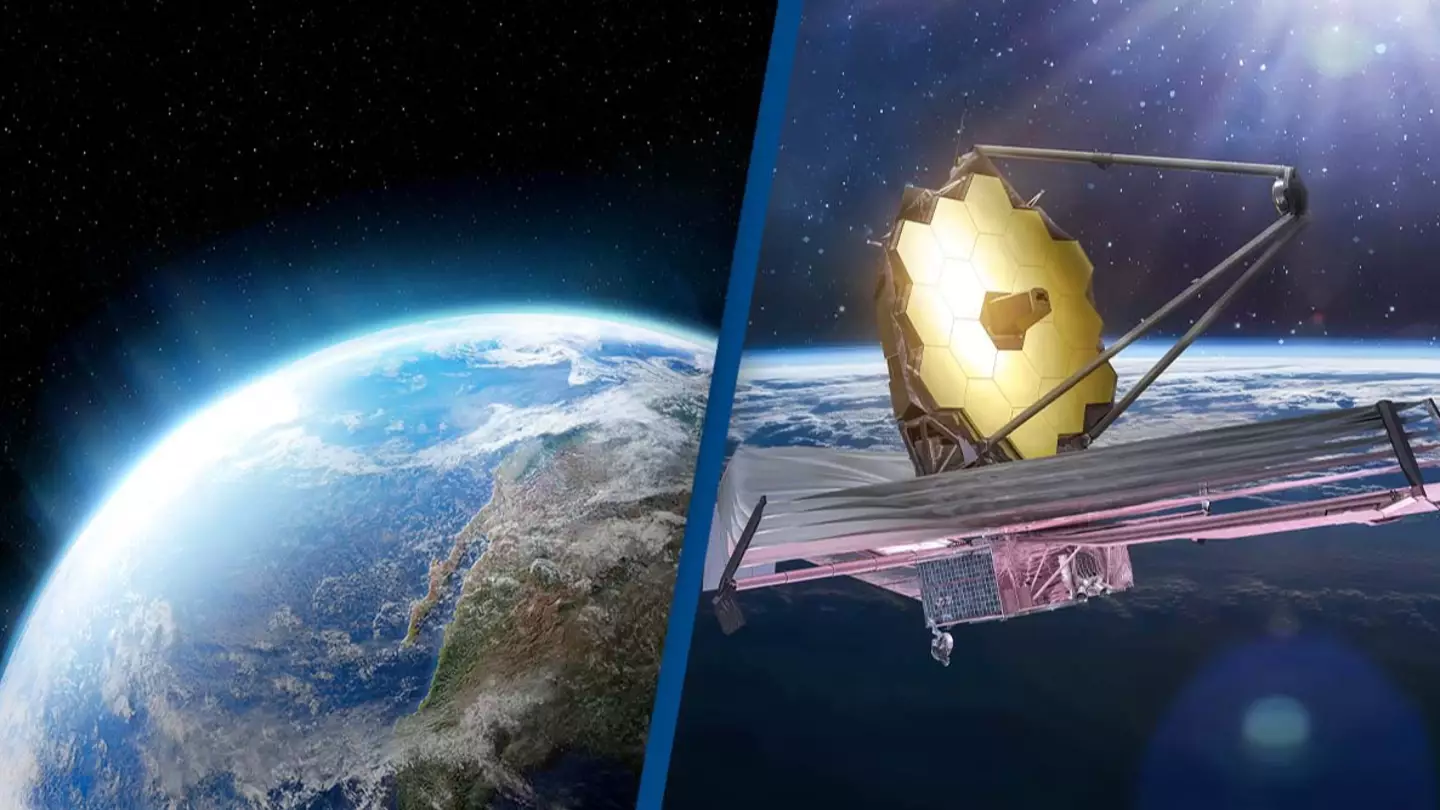
NASA's James Webb Telescope picked up a 'possible detection' of a molecule which 'on Earth is only produced by life'
According to a paper shared by the OSIRIS-REx science team, there is a 1:2700 (0.037%) chance of this missile impacting Earth on September 24, 2182.
“Although it is difficult to determine the odds of this actually happening, new data from NASA’s OSIRIS-REx spacecraft have allowed scientists to better model how Bennu’s orbit will evolve over time, and to better calculate the probability of an impact,” NASA explains.
On September 25, 2135, Bennu will make a close flyby of Earth. Bennu’s location in 2182 will vary depending on how the 2135 flyby goes, according to NASA.
There is a one in 1,750 chance Bennu will hit earth by 2300.Featured Image Credit: ANDRZEJ WOJCICKI/RomoloTavani
Topics: Science, Space, NASA
NASA discovered a planet twice as big as Earth with a gas that is 'only produced by life'

NASA's James Webb Telescope picked up a 'possible detection' of a molecule which 'on Earth is only produced by life'
An exoplanet has been found by NASA which is '8.6 times' as big as Earth with a gas present that's produced mainly by life.
NASA's James Webb Space Telescope was launched on 25 2021 on an Ariane 5 rocket from Europe's Spaceport in French Guiana in South America and last year, it made a very exciting discovery.
The planet
An exoplanet called K2-18 b - also known as EPIC 201912552 b - orbits the red dwarf K2-18 in what NASA says is a 'habitable zone'.
It's located 124 light years away from earth and is around 2.6 times the radius of Earth and 8.6 times the mass of Earth.
It was first discovered by NASA's Kepler space telescope which launched in 2009, however, during the Webb Telescope's mission, the planet's atmosphere was looked into more closely.
NASA's James Webb Space Telescope was launched on 25 2021 on an Ariane 5 rocket from Europe's Spaceport in French Guiana in South America and last year, it made a very exciting discovery.
The planet
An exoplanet called K2-18 b - also known as EPIC 201912552 b - orbits the red dwarf K2-18 in what NASA says is a 'habitable zone'.
It's located 124 light years away from earth and is around 2.6 times the radius of Earth and 8.6 times the mass of Earth.
It was first discovered by NASA's Kepler space telescope which launched in 2009, however, during the Webb Telescope's mission, the planet's atmosphere was looked into more closely.

The exoplanet is known as K12-18 b (NASA, ESA, CSA, Joseph Olmsted (STScI))
The findings
Last year, it was discovered K2-18b has a 'presence of carbon-bearing molecules including methane and carbon dioxide' - NASA revealed.
The discovery built on top of previous findings which suggested the planet could be a 'Hycean exoplanet' which is 'one which has the potential to possess a hydrogen-rich atmosphere and a water ocean-covered surface'.
"These initial Webb observations also provided a possible detection of a molecule called dimethyl sulfide (DMS)," NASA added.
But does this actually mean there's life on the planet?
Last year, it was discovered K2-18b has a 'presence of carbon-bearing molecules including methane and carbon dioxide' - NASA revealed.
The discovery built on top of previous findings which suggested the planet could be a 'Hycean exoplanet' which is 'one which has the potential to possess a hydrogen-rich atmosphere and a water ocean-covered surface'.
"These initial Webb observations also provided a possible detection of a molecule called dimethyl sulfide (DMS)," NASA added.
But does this actually mean there's life on the planet?

Atmosphere on exoplanet K2-18 b (NASA, ESA, CSA, Ralf Crawford (STScI), Joseph Olmsted (STScI)) Signs of life?
Well, NASA explains: "The abundance of methane and carbon dioxide, and shortage of ammonia, support the hypothesis that there may be a water ocean underneath a hydrogen-rich atmosphere in K2-18 b.
"These initial Webb observations also provided a possible detection of a molecule called dimethyl sulfide (DMS). On Earth, this is only produced by life. The bulk of the DMS in Earth’s atmosphere is emitted from phytoplankton in marine environments."
However, NASA also notes the planet's large size could indicate it isn't habitable to life forms as the planet's 'interior likely contains a large mantle of high-pressure ice' or it's possible its ocean is 'too hot to be habitable or liquid'.
Well, NASA explains: "The abundance of methane and carbon dioxide, and shortage of ammonia, support the hypothesis that there may be a water ocean underneath a hydrogen-rich atmosphere in K2-18 b.
"These initial Webb observations also provided a possible detection of a molecule called dimethyl sulfide (DMS). On Earth, this is only produced by life. The bulk of the DMS in Earth’s atmosphere is emitted from phytoplankton in marine environments."
However, NASA also notes the planet's large size could indicate it isn't habitable to life forms as the planet's 'interior likely contains a large mantle of high-pressure ice' or it's possible its ocean is 'too hot to be habitable or liquid'.

Does the presence of the gases mean there's life on the planet? (Getty Stock Images/ David Wall)
What's next?
University of Cambridge astronomer Nikku Madhusudhan said: "Our findings underscore the importance of considering diverse habitable environments in the search for life elsewhere.
"Traditionally, the search for life on exoplanets has focused primarily on smaller rocky planets, but the larger Hycean worlds are significantly more conducive to atmospheric observations."
On Friday (26 April), the Webb telescope fully turned its attention towards K2-18b in a bid to further investigate the signs of potential life, observing the planet for eight hours, The Times reported.
Madhusudhan resolved: "Upcoming Webb observations should be able to confirm if DMS is indeed present in the atmosphere of K2-18 b at significant levels.
"[...] Our ultimate goal is the identification of life on a habitable exoplanet, which would transform our understanding of our place in the universe. Our findings are a promising step towards a deeper understanding of Hycean worlds in this quest."Featured Image Credit: Getty Stock Images
Topics: NASA, Science, Space, Life, Environment
Citizen scientists spot close approaching asteroid professionals might have missed
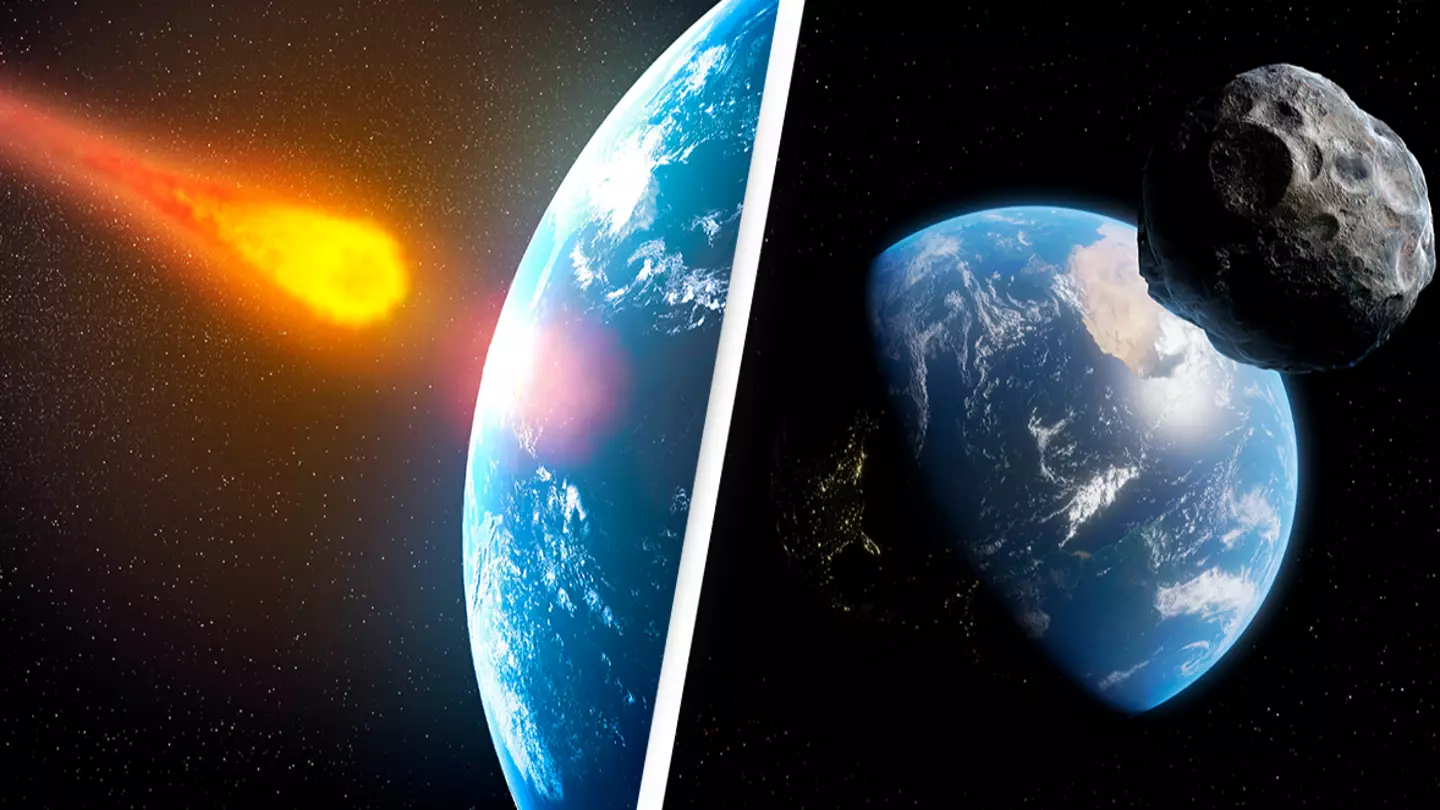
Volunteer scientists spot an asteroid the size of two tennis courts close to Earth after the citizen programme requests help.
Calling all space lovers! If you’ve got an itching to save the planet from astronomical destruction, now might be your chance to do it without the faff of being qualified.
This is down to the fact that a new system has been created by astronomers which allows almost any person to help them in spotting asteroids close to Earth.
Since creating this system, they’ve finally found success this month after an asteroid was spotted.
Enlisting the help of ‘citizen scientists’, professional astronomers are able to pass on asteroid spotting to those who are passionate about the cause, especially because of their incredibly packed workloads.
Using the Catalina Sky Survey, created the Daily Minor Planet project to crowd-source individuals that are up for the task.
What's next?
University of Cambridge astronomer Nikku Madhusudhan said: "Our findings underscore the importance of considering diverse habitable environments in the search for life elsewhere.
"Traditionally, the search for life on exoplanets has focused primarily on smaller rocky planets, but the larger Hycean worlds are significantly more conducive to atmospheric observations."
On Friday (26 April), the Webb telescope fully turned its attention towards K2-18b in a bid to further investigate the signs of potential life, observing the planet for eight hours, The Times reported.
Madhusudhan resolved: "Upcoming Webb observations should be able to confirm if DMS is indeed present in the atmosphere of K2-18 b at significant levels.
"[...] Our ultimate goal is the identification of life on a habitable exoplanet, which would transform our understanding of our place in the universe. Our findings are a promising step towards a deeper understanding of Hycean worlds in this quest."Featured Image Credit: Getty Stock Images
Topics: NASA, Science, Space, Life, Environment
Citizen scientists spot close approaching asteroid professionals might have missed

Volunteer scientists spot an asteroid the size of two tennis courts close to Earth after the citizen programme requests help.
Calling all space lovers! If you’ve got an itching to save the planet from astronomical destruction, now might be your chance to do it without the faff of being qualified.
This is down to the fact that a new system has been created by astronomers which allows almost any person to help them in spotting asteroids close to Earth.
Since creating this system, they’ve finally found success this month after an asteroid was spotted.
Enlisting the help of ‘citizen scientists’, professional astronomers are able to pass on asteroid spotting to those who are passionate about the cause, especially because of their incredibly packed workloads.
Using the Catalina Sky Survey, created the Daily Minor Planet project to crowd-source individuals that are up for the task.

Getty Images
It was just this month on October 3, that Catalina pictured four images of the same section of sky and after computers detected movement within the images, they uploaded them to the project to see whether anyone thought it needed further investigation.
This project allows people to log in and check for object that moved in a way that was different from other stars, where they would then decide whether there was something that needed to be looked at.
It was these four images that allowed four volunteers, H. N. DiRuscio, X. Liao, V. Gonano and E. Chaghafi to spot a strange streak in the images.
After reporting their finding, the Daily Minor Planet team alerted astronomers around the world that were in a position to look at the object.
The locations that took a peek were New Mexico and Croatia which confirmed its existence and were able to calculate its size and orbit from data collected.
NASA then determined that the object (designated 2023 TW) is approximately 50 meters across which is the size of two tennis courts.
It was just this month on October 3, that Catalina pictured four images of the same section of sky and after computers detected movement within the images, they uploaded them to the project to see whether anyone thought it needed further investigation.
This project allows people to log in and check for object that moved in a way that was different from other stars, where they would then decide whether there was something that needed to be looked at.
It was these four images that allowed four volunteers, H. N. DiRuscio, X. Liao, V. Gonano and E. Chaghafi to spot a strange streak in the images.
After reporting their finding, the Daily Minor Planet team alerted astronomers around the world that were in a position to look at the object.
The locations that took a peek were New Mexico and Croatia which confirmed its existence and were able to calculate its size and orbit from data collected.
NASA then determined that the object (designated 2023 TW) is approximately 50 meters across which is the size of two tennis courts.

Getty Images
Though it’s not something that could create a dinosaur-ending event if it hit Earth, it’s definitely big enough to do some damage, which is why the news that it was unlikely to directly hit our planet was a relief.
2023 TW went on to pass us on October 9 at 615,000 kilometres, which is just under twice the distance of the Moon.
But that wasn’t all that happened as a few days later, a smaller asteroid dubbed ‘2023 TV3’, discovered the usual way (not the citizen route) passed us nine times closer than 2023 TW.
Thankfully, 2023 TW was the first asteroid that turned out to be something tangible upon further investigation, as thousands of other referrals since the project began in May have been beyond the orbit of Mars.
Even though a few dozen have been considered for investigation after appearing to be close to Earth, they eventually turned out to be unverified.
However, due to the severity of a large asteroid going unnoticed close to our planet, NASA considers it worth continuing, even though most movements will end up being harmless to us.
Are you going to live out your scientist dreams and join the hunt?Featured Image Credit: Science Photo Library/Andrzej Wojcicki/Mark Garlick/Getty Images
Topics: Science, Space, NASA, News
Though it’s not something that could create a dinosaur-ending event if it hit Earth, it’s definitely big enough to do some damage, which is why the news that it was unlikely to directly hit our planet was a relief.
2023 TW went on to pass us on October 9 at 615,000 kilometres, which is just under twice the distance of the Moon.
But that wasn’t all that happened as a few days later, a smaller asteroid dubbed ‘2023 TV3’, discovered the usual way (not the citizen route) passed us nine times closer than 2023 TW.
Thankfully, 2023 TW was the first asteroid that turned out to be something tangible upon further investigation, as thousands of other referrals since the project began in May have been beyond the orbit of Mars.
Even though a few dozen have been considered for investigation after appearing to be close to Earth, they eventually turned out to be unverified.
However, due to the severity of a large asteroid going unnoticed close to our planet, NASA considers it worth continuing, even though most movements will end up being harmless to us.
Are you going to live out your scientist dreams and join the hunt?Featured Image Credit: Science Photo Library/Andrzej Wojcicki/Mark Garlick/Getty Images
Topics: Science, Space, NASA, News

